Frequently Purchased Together
Cloud in a Bottle Science Experiment Kit
Product Description
The Cloud in a Bottle Science Experiment Kit may not control the weather, but it might just be the next best thing. This mind-blowing experiment will show how pressure and water vapor in the air compress and expand in a small-scale version of what happens in the atmosphere. With our Cloud in a Bottle experiment, you’ll make your own clouds and learn all about the science behind their formation.
Recommended for children ages 8 and up.
Cloud in a Bottle: What’s Included?
- Clear plastic bottle
- Foot pump
- Rubber stopper
- Safety glasses
- Activity Guide
How Does It Work?
Cloud in a Bottle works by creating atmospheric conditions inside of the bottle that lead to the formation of clouds. Pumping air into the bottle introduces high pressure, and releasing the air allows the cloud to form. Our Cloud in a Bottle science project is a simple and hands-on way to simulate what happens in the atmosphere. You’ll love sharing this Cloud in a Bottle science experiment with students or recreating it at home for your kids.
What Does It Teach?
The Cloud in a Bottle Science Experiment Kit teaches the basic principles behind cloud formation and how it relates to high and low pressure.
Small Scale Weather Demonstration
The changes in the weather that we see every day are the result of many complex factors that we are often unable to observe. Children ages eight and up can learn about some of these weather changes with the Cloud In A Bottle Science Kit from Steve Spangler Science. This fascinating science experiment kit allows young scientists to create a real cloud of their own inside a simple clear plastic bottle. By using a foot pump, they create pressure within the bottle. When the bottle is opened and the air is released, the pressure within the bottle drops, and water vapor within the bottle then condenses into a real, small-scale cloud. When children see this happen, they begin to get a sense of how it works in the real world every day when a cloud passes by and obscures the sun.
Looking for More Steve Spangler Science Experiments?
Our Cloud in a Bottle experiment is just the beginning. At Steve Spangler Science, we offer a wide selection of experiments and STEM science kits that get kids engaged and learning about the world around them. Check out our other science experiment kits, and discover a wide range of cool projects and lessons that you can explore with your kids.
Want new science experiment kits delivered to you monthly? Sign up for our Steve Spangler Science Club, and get a new science kit delivered right to your doorstep! Our Steve Spangler Science Club subscription is a great way to learn new science lessons and share in an educational activity — together.



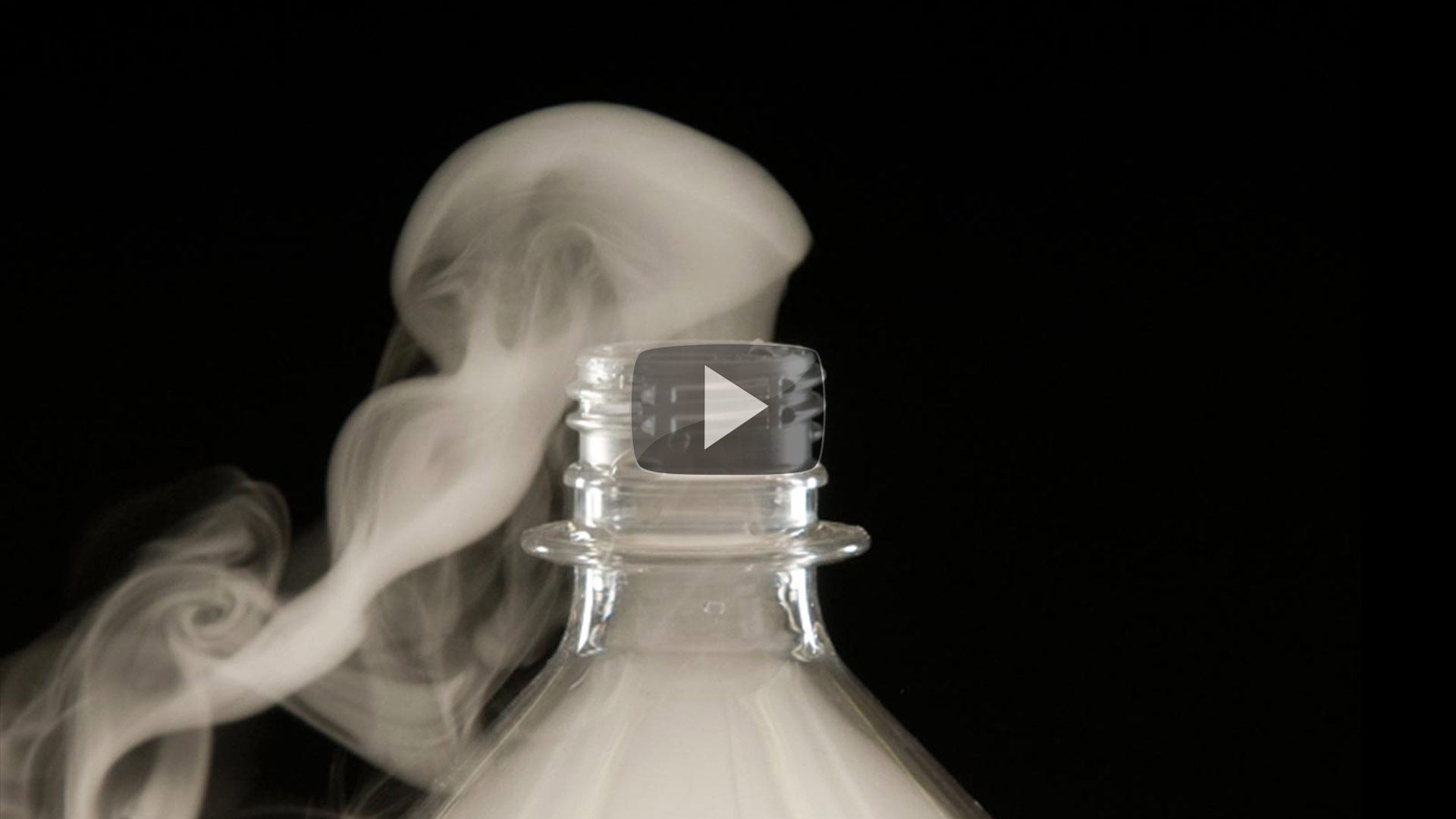


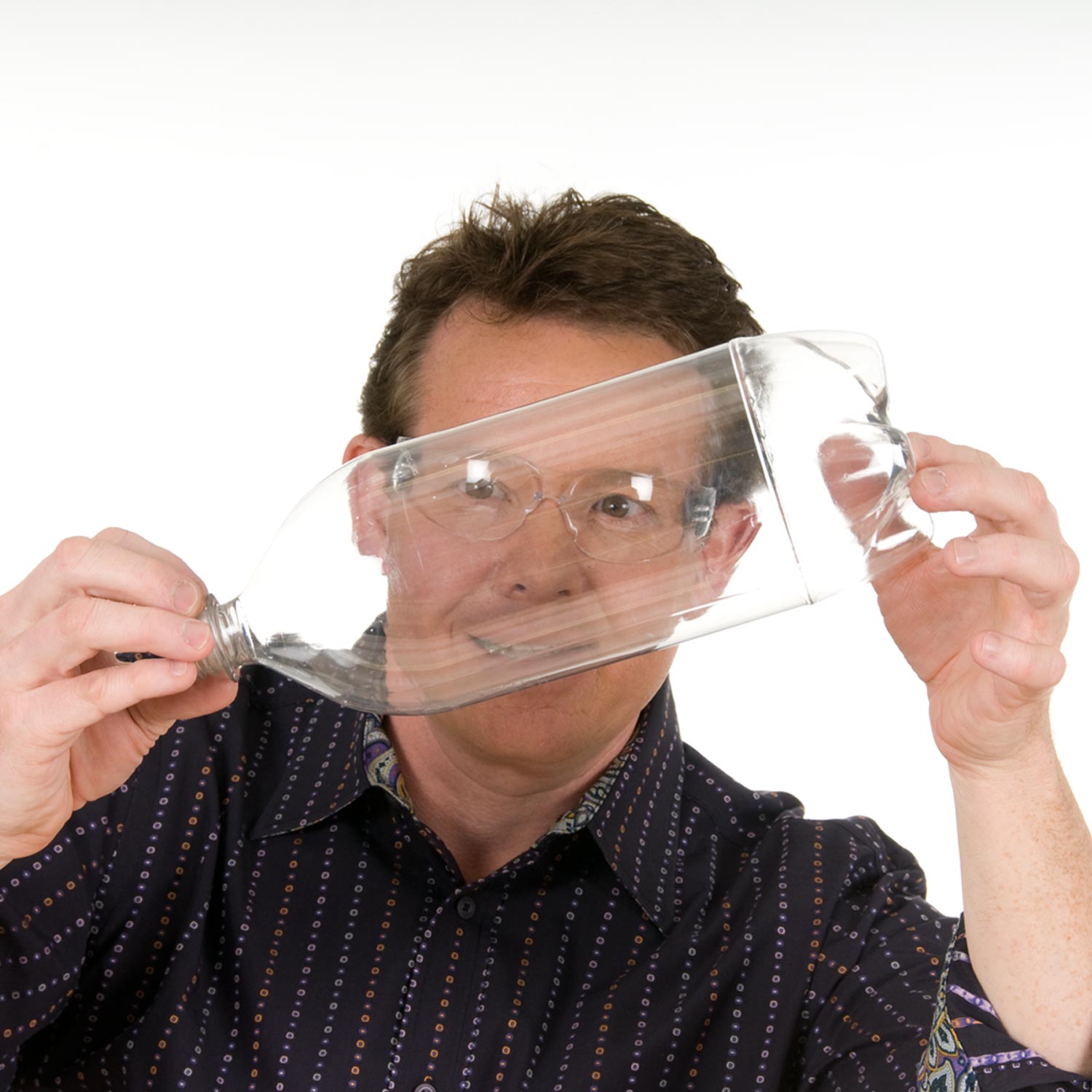




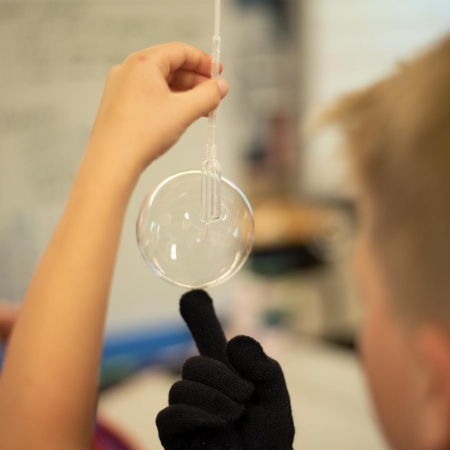

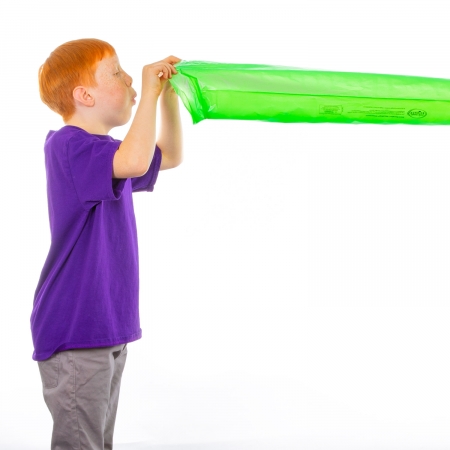

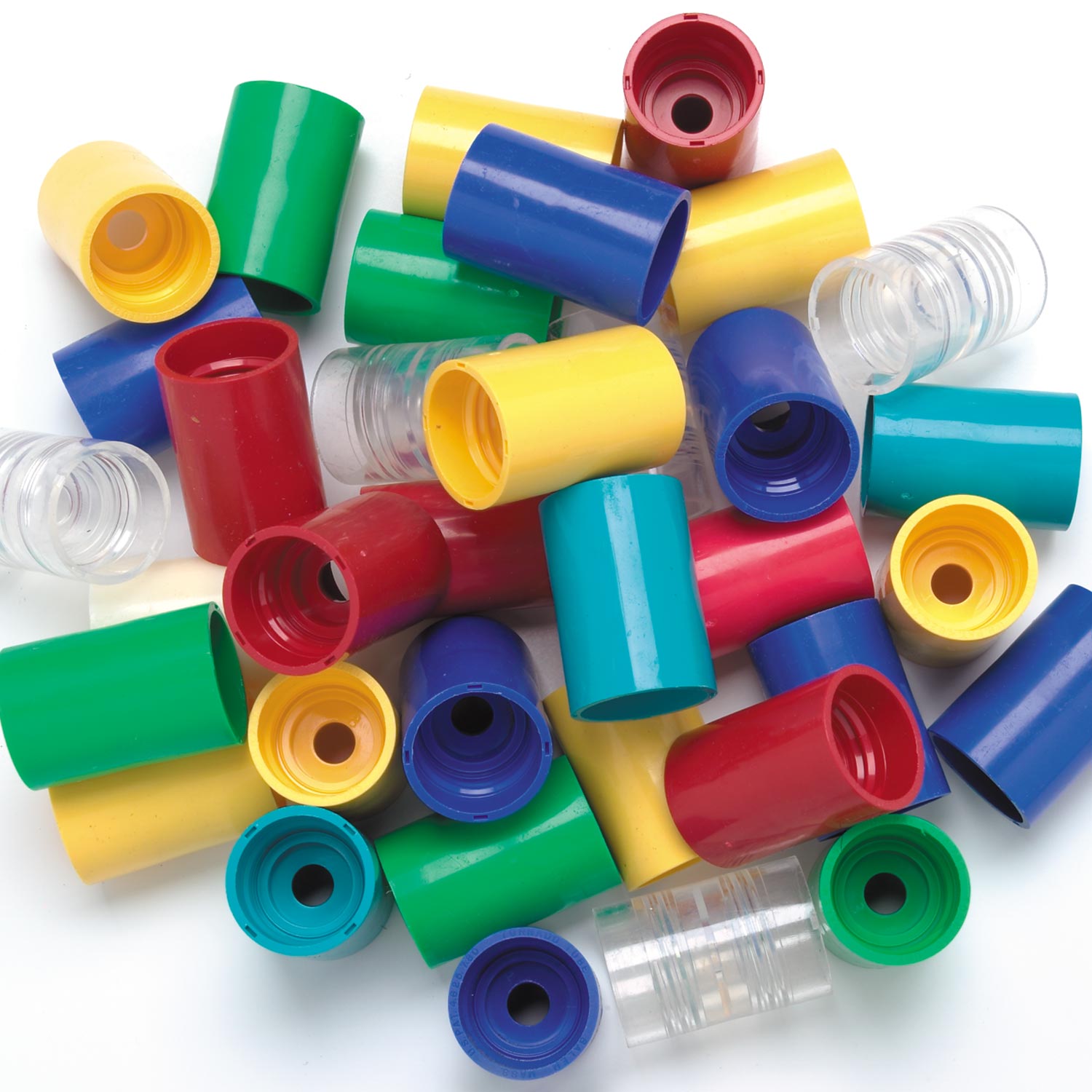



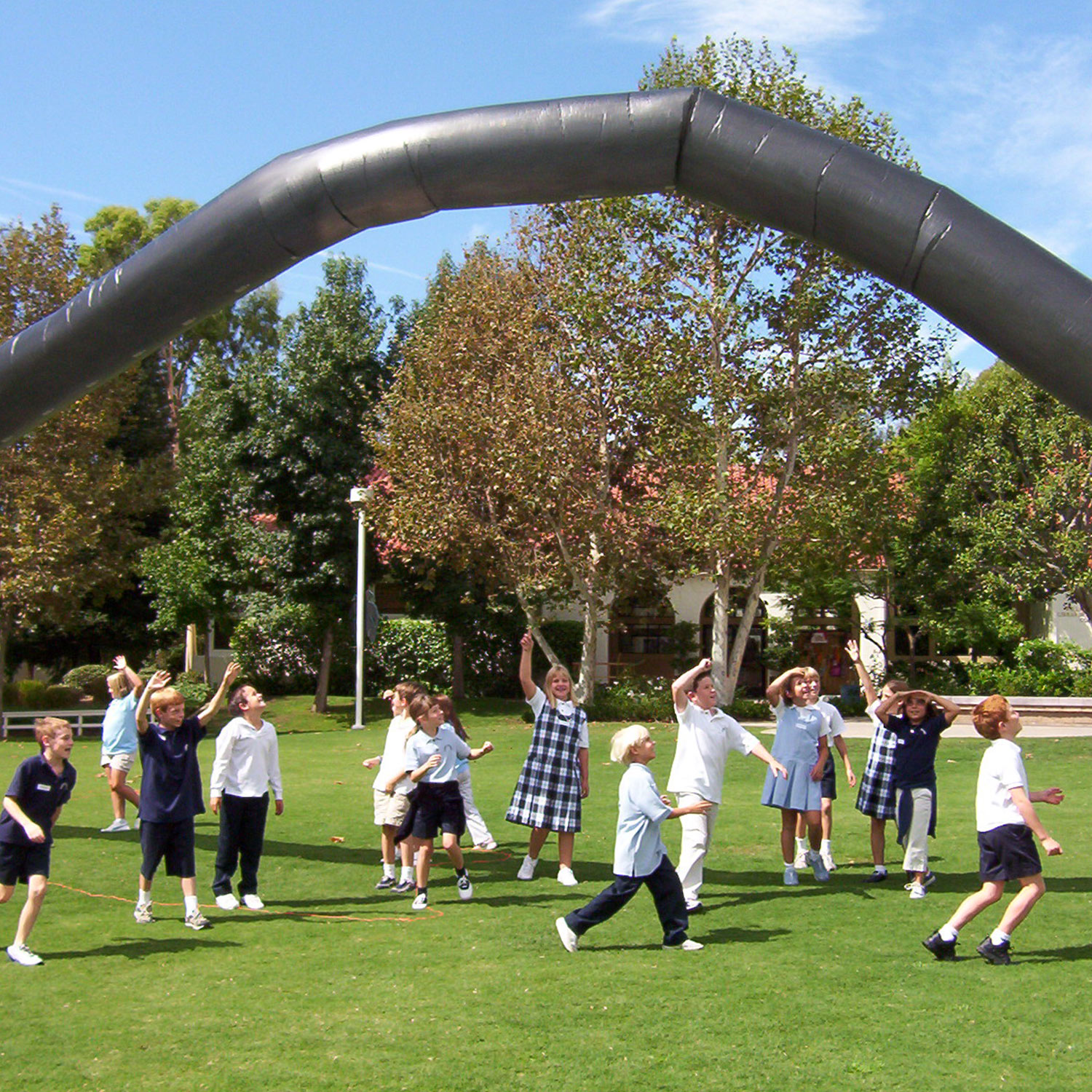

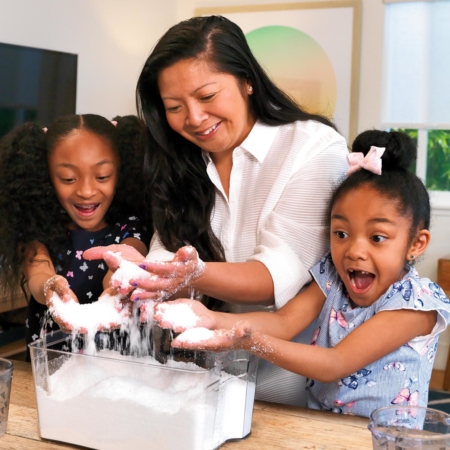




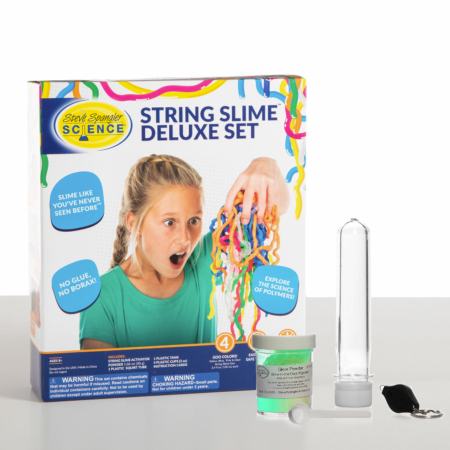





Alex Licairac –
Awesome!!! Everything that I have bought from you guys (except for the Singing Rod that not even the instrument teacher can get to sing) has been a classroom and neighborhood pleaser.
(0) (0) Watch Unwatch
DeLoss –
My son is a weather fan and wanted to do something weather related for his 4th grade science project. The cloud in a bottle worked perfectly. Scientific, meteorological, and a little pop at the end to keep the kids interested!
(0) (0) Watch Unwatch
Question
Fate –
Hi,
I don’t have access to rubbing alcohol, will clouds still form? half dense or little or not at all?
if so could you show a demonstration without it cause i need it for show’n’tell at school so i just need the water only. thank you.
(0) (0) Watch Unwatch
Staff lisabrooks –
Unfortunately the experiment will not work without the rubbing alcohol.
(0) (0)
Gianfranco Herrera –
Kids and staff love it.
(0) (0) Watch Unwatch
Shannon Berry –
This worked exactly like it was supposed to. I purchased it for our school’s Family Science Night, and my volunteer was able to get the technique for the perfect cloud after one or two tries. To be honest, we went right to the alcohol without trying the water, so I can’t say how well it works with just water, but the alcohol was fantastic! I got a black background to really show off the cloud, but it wasn’t necessary. I would buy this again.
(0) (0) Watch Unwatch
Eve –
Rave rave rave reviews for the cloud maker. So much fun and my sn could put it all together himself (age 11) and he has been making clouds since and even made clouds with his fried who cam over yesterday.
(0) (0) Watch Unwatch
Darren –
Great product! Was excited to get it on sale.
Bad point was the tracking link did not work. Sent an email through the website and took 2 DAYS to get a response. In the mean time I just called to get the update on my order and see about tracking.
Darren –
Sorry about the time that it took to reply to your email. Remember, our offices are closed during the weekends and no one will be able to reply until Monday. Were the email sent during the week, there is definitely no excuse for the lack of attention. Again, we apologize for the hold up in communication.
– Steve Spangler Science Web Team
(0) (0) Watch Unwatch
kathy m. –
This experiment has been enjoyable, educational, and down right fun for my school age students. Everyone can participate in making a cloud in a bottle. It even encompasses team work which is great. I would recommend this experiment to any teacher of school age children.
(0) (0) Watch Unwatch
kathy wilmovsky –
The cloud in a bottle worked great and kept my class impressed for a long time. The only negative is that it can be hard to get the stopper in the bottle and have a tight seal. Otherwise, it was a great way to talk about high and low pressure systems.
(0) (0) Watch Unwatch
Sue –
The local chapter of the Experimental Aviation Association decided to hold a week-long aviation summer camp for teens, and I volunteered to teach some weather. I used the Cloud in a Bottle Kit, with a touch of isopropyl alcohol in the bottle provided, to demonstrate Bernoulli’s Principal. Summer is too hot and humid here, to try the experiment with hot water. This was a fun project and everyone got a chance to participate. I used a cap left over from a soda bottle to capture the cloud, and say a few words about density and fog. The kids named the cloud George, before it was turned loose – by lowering the air pressure.
(0) (0) Watch Unwatch
Jenny Brown –
Once we got the hang of holding the stopper in place tightly, it worked beautifully. We also found that rubbing alcohol worked WAY better than water. Too cool! The glow in the dark paper we used in this video is also AMAZING! We use it all the time in Children’s Church. It really gets their attention.
(0) (0) Watch Unwatch
Ann –
I love this! I have had this for over two years. It is a hit with preschoolers all the way up to adults. Everyone loves the POP! when you release the pressure. The cloud is very visible and dramatic. This experiment very nicely shows the phase shift of water to water vapor with changing pressure. Think PVT (pressure, volume, temperature) diagram. On their own nchildren often come up with the idea of changing the liquid type as a experiment. They are intrigued to find that a milk, apple juice and grape juice clouds are white too. After seeing this they can often deduce that the water is the only thing that is vaporizing and that the molecules that give the liquid color are to heavy to be vaporized into a cloud. It is just a short step to then talk about salt water oceans and fresh water clouds.
(0) (0) Watch Unwatch
Fitz –
Awesome
(0) (0) Watch Unwatch
Roger Davis –
Very happy with this demonstration. Simple yet very eye catching. The underrated part is the pop that happens when you release the stopper after pumping up the bottle. Also, rubbing alcohol works better than water in making clouds form. I used this for elementary aged kids and they loved it. A little hard for them to use the pump, but otherwise its great. They seemed to really be more intrigued with the dissappearing cloud when pressurized again. Thanks Steve.
(0) (0) Watch Unwatch
Tristan –
It works great, other than the fact that the air pump broke within a day and I had to fix it.
(0) (0) Watch Unwatch
Amanda Parnell –
I tried to make my own before I purchased this kit and it just ended up taking up a lot of my time. The stopper for the bottle is key and the pump itself is worth $20! I love Steve Spangler Science and plan on ordering more of his great products!!
(0) (0) Watch Unwatch
Patrice Massung –
I really love this product. I used it with my kids at home and at school and everyone really loved it!! The students even wanted the name of the website so that they could find products too.
(0) (0) Watch Unwatch
Jodi –
very simple to do .. gives a big pop .. and wow .. the kids saw how pressure causes a cloud.
(0) (0) Watch Unwatch
Jeff Cox –
‘Ask the Chief’ is a monthly program that airs on WGXA-TV in Macon, GA, hosted by Chief Meteorologist Jeff Cox, and focuses on meteorology.
Thanks to Steve and his company. This worked great for us and our viewers!
(0) (0) Watch Unwatch
Meghan Lockwood –
This is such an amazing way to teach about weather. It brings it down to a scale that everyone can understand. I even understand the world a little better because of this!
(0) (0) Watch Unwatch
Mike –
For about a year now, we had been using the simplistic water + spray deodorant (high alcohol content) version at our cloud science demos with mixed results. We chose that method because it works in all hands to various degrees depending on how much pressure smaller hands create in squeezing the bottle. It’s also something kids of all ages could take home and do on their own.
Spangler’s version is an excellent add on that we control on our side of the table, and the kids go nuts. The loud pop the stopper makes is a great bonus. We do caution that parents need to have their hands on this one should they want to try it at home.
(0) (0) Watch Unwatch